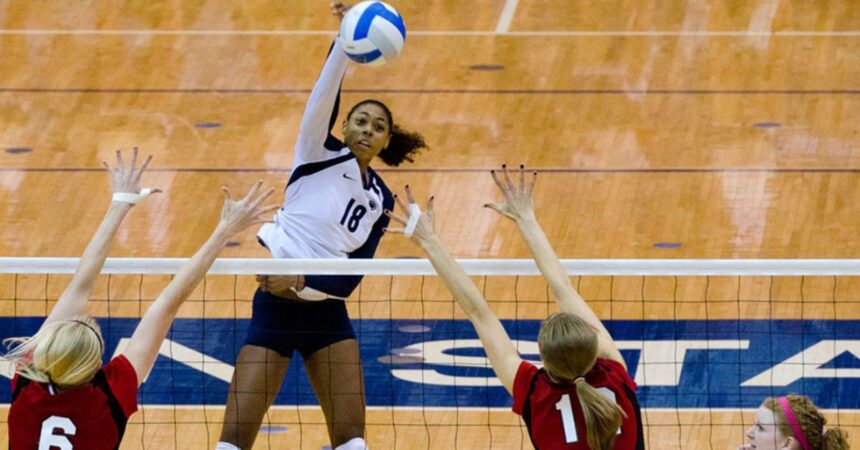Volleyball, a sport that demands agility, precision, and teamwork, has seen its fair share of changes over the years. While the focus has primarily been on enhancing gameplay and athlete performance, the evolution of volleyball uniforms has also been a significant aspect of the sport’s journey. From simple attire designed for functionality to stylish ensembles that make a statement, volleyball uniforms have undergone a remarkable transformation.
Áo bóng chuyền thiết kế – a Vietnamese website specializing in custom-designed volleyball apparel.
Functionality First: The Early Days
In the early days of volleyball, uniforms were primarily designed with functionality in mind. Players wore loose-fitting shorts and t-shirts, allowing for ease of movement and ventilation during intense matches. Comfort and practicality were key, as athletes needed to focus solely on their performance without distractions from their attire.
Also Read: BM Magazine
The Rise of Technical Fabrics
As the sport progressed, so did the technology behind volleyball uniforms. Technical fabrics such as spandex and polyester became popular choices due to their moisture-wicking properties and ability to provide compression, which aids in muscle support and recovery. These advancements allowed players to stay cool and dry while performing at their peak level.
Uniform Regulations and Standardization
With the growth of volleyball as a competitive sport, governing bodies began implementing uniform regulations to ensure fairness and consistency. These regulations typically dictate the color, style, and size of uniforms worn by players to maintain a professional and uniform appearance across teams. While these guidelines vary depending on the level of play and the governing body, they serve to uphold the integrity of the sport.
Aesthetic Enhancements: From Function to Fashion
In recent years, volleyball uniforms have undergone a significant transformation, blending functionality with fashion. Designers have started incorporating bold colors, sleek designs, and innovative patterns to create uniforms that not only perform well but also make a visual statement on the court. Athletes now have the opportunity to express their personal style through their attire, further adding to the excitement of the game.
Customization and Personalization
Another trend that has emerged in volleyball uniform design is customization and personalization. Teams and players have the option to tailor their uniforms to their specific preferences, whether it’s adding team logos, player names, or unique designs. This level of customization not only fosters team unity but also allows players to feel a sense of ownership over their attire, boosting confidence and morale on the court.
Influence of Sponsorship and Branding
The rise of sponsorship in sports has also influenced the design of volleyball uniforms. Major sportswear brands often partner with teams and organizations, providing them with high-quality uniforms in exchange for brand visibility. These partnerships have led to the creation of innovative designs and cutting-edge technology in volleyball apparel, further elevating the sport’s aesthetic appeal.
The Future of Volleyball Uniforms
As volleyball continues to evolve, so too will its uniforms. With advancements in technology and design, we can expect to see even more innovative features and stylish designs in the years to come. From high-performance fabrics to customizable options, volleyball uniforms will continue to strike the perfect balance between function and fashion, enhancing the overall experience for players and fans alike.
Conclusion
The evolution of volleyball uniforms is a testament to the ever-changing nature of the sport. From humble beginnings rooted in functionality to the stylish ensembles seen on today’s courts, volleyball uniforms have come a long way. As athletes continue to push the boundaries of performance, we can only imagine what the future holds for volleyball apparel. One thing is for certain – whether it’s for function or fashion, volleyball uniforms will always play a crucial role in the sport’s legacy.




